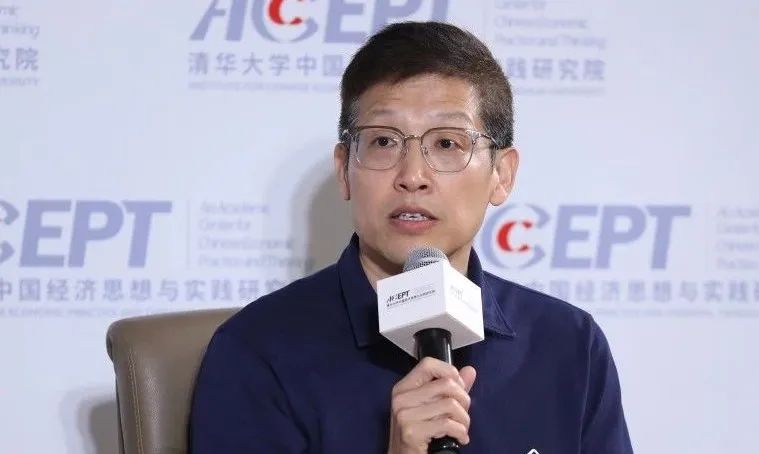Li Wenjie: Offloading of construction capacity to present longer-term risks as real estate market enters recovery mode
The following is a summary of Li Wenjie's comments during a roundtable discussion at the 45th Tsinghua University Forum on China and the World Economy held at Tsinghua University, Beijing, on June 17, 2023. Li is the Senior Vice President of Beike Zhaofang and President of the Beike Research Institute.
On June 17, 2023, the 45th Tsinghua University Forum on China and the World Economy, hosted by Tsinghua University's Academic Center for Chinese Economic Practice and Thinking (ACCEPT) in partnership with the university's School of Social Sciences and School of Economics and Management, was held on campus. The Senior Vice President of Beike Zhaofang and President of the Beike Research Institute, Li Wenjie, participated in a roundtable discussion at the forum alongside other distinguished guests where he commented on the current state of China’s economy.

On June 17, 2023, the 45th Tsinghua University Forum on China and the World Economy was held inside the Weilun Building’s main lecture hall on campus at Tsinghua University’s School of Economics and Management. The biannual event was hosted by Tsinghua University’s Academic Center for Chinese Economic Practice and Thinking (ACCEPT) under the theme of "2023 Mid-Year Economic Outlook." During the forum’s proceedings, Li Wenjie, Senior Vice President of Beike Zhaofang and President of the Beike Research Institute, participated in a roundtable discussion alongside other distinguished guests where he commented on the current state of China’s economy.
Public opinion is currently quite divided when it comes to the real estate market, with some believing that the latest market regulations are overly strict, while still others feel that it is necessary to prevent a cycle of endless property speculation. According to surveys and available data, the overall market yielded positive results in the first five months of the year from January to May. At a growth rate of around 7%, sales of market-priced housing units have maintained a positive trajectory, as the broader real estate market showed fairly promising signs of a return to growth compared with last year. The overall market situation for the remainder of the year remains optimistic, and especially for new home sales, which are expected to continue growing at a rate of about 5%. In looking to the medium and long term, however, the demographic situation is expected to become a particularly serious concern. The year 2021 represented the peak for real estate construction in China, with new construction having reached a value of more than RMB 18 trillion, and with this amount projected to decline and stabilize somewhere between RMB 12 trillion and RMB 13 trillion in the future. At the same time, the construction capacity for real estate development will be reduced by approximately one-third in the years ahead, with the process of offloading this capacity anticipated to present certain concomitant risks.
At present, there are significant distinctions that can be drawn between different urban areas around the country, with the recovery process being uneven. There are notable variations between third- and fourth-tier cities, upper- and lower-level second-tier cities, and first-tier cities. First-tier and upper-level second-tier cities have had a relatively strong performance, while other second-tier cities have shown slightly more weakness, and with third- and fourth-tier cities recovering at a comparatively slower pace. This reflects an ongoing increase in the concentration of industry and population centers across the country, a continuous trend that will see the gaps between regions keep on widening even further. In the future, real estate development and investment may continue to become increasingly more concentrated in certain key regions and cities, such as the Greater Bay Area and the Yangtze River Delta region. As for changes in the positioning of private versus state-owned enterprises, even as homes sales have been negatively impacted by the debt overhang afflicting large-scale private enterprises, the land acquisition and operations of state-owned enterprises have by comparison remained relatively stable. However, after all the risks are fully exposed and addressed, private enterprises’ share of the overall ratio of home sales is expected to see an uptick in the future. Meanwhile, from the perspective of the national government and state supervision, leading top grade companies in the private sector are continuing to be supported as market participants, but those private enterprises bogged down with comparably serious debt problems will have a higher likelihood of exiting the market moving forward.




